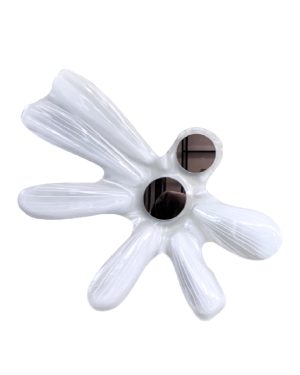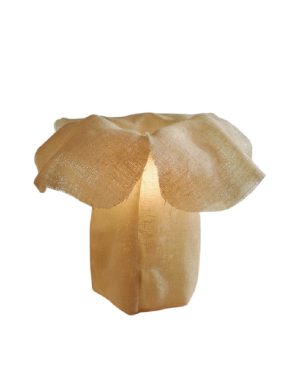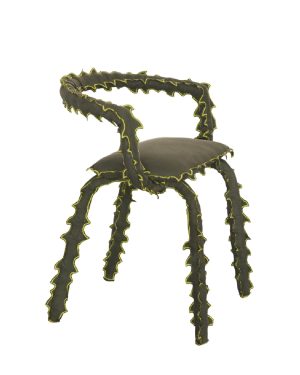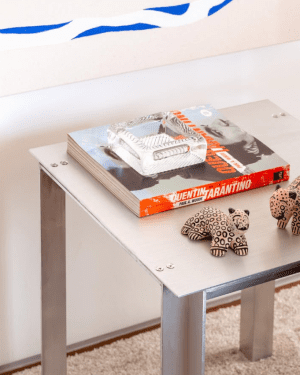Brazilian design is a vibrant and eclectic blend of cultural heritage, innovation, and natural beauty. It is known for its bold use of colors, organic forms, and a profound connection to nature and local traditions. Brazilian design celebrates the country's rich history and diverse influences, from indigenous craftsmanship to modernist architecture.
- Vibrant and Eclectic: Reflecting Brazil's rich cultural diversity and exuberant lifestyle.
- Natural and Organic: Emphasizing the use of locally sourced materials and organic forms inspired by Brazil's lush landscapes.
- Celebration of Heritage: Honoring indigenous techniques and colonial influences through contemporary interpretations.
Contemporary Brazilian Designers
Brazil is home to a new generation of designers who blend traditional craftsmanship with modern design principles, creating pieces that are both innovative and rooted in local culture.
- Carol Gay: Reveals the extraordinary in the mundane through experimentation and a profound respect for manual labor.
- Giácomo Tomazzi Studio: Blends Brazilian soul with beauty, quality, and style in furniture, lighting, and objects, integrating handmade craftsmanship with industrial production.
- YANKATU: Blends technology with traditional Brazilian elements to create interactive and emotionally engaging designs.
Commonly Used Materials in Brazilian Design
Brazilian designers often draw inspiration from the country's abundant natural resources, using materials that reflect its tropical landscapes and cultural heritage.
- Wood: Brazilian hardwoods like ipe and jacaranda are celebrated for their rich textures and durability, often used in furniture and architectural design.
- Glass: Used extensively in modernist architecture, glass facilitates seamless integration between indoor and outdoor spaces, a hallmark of Brazilian design.
- Hybrid Materials: Combining traditional materials with innovative techniques to create new textures and forms.
Defining Characteristics of Brazilian Design
Brazilian design is characterized by its exuberance, use of natural elements, and a unique blend of traditional and contemporary influences.
- Exuberance and Color: Bold use of colors and playful forms that reflect Brazil's vibrant culture and natural beauty.
- Integration with Nature: Designs that blur the line between indoor and outdoor spaces, often incorporating natural elements.
- Cultural Fusion: A seamless blend of indigenous, colonial, and modern influences that create a distinctive Brazilian aesthetic.
Influences on Brazilian Design
The evolution of Brazilian design is shaped by its rich history, diverse cultural influences, and deep connection to nature.
- Indigenous Craftsmanship: Incorporating traditional techniques and materials from Brazil's indigenous communities.
- Colonial Heritage: Drawing on Portuguese colonial architecture and decorative arts for inspiration.
- Modernist Movement: Influenced by the Brazilian modernist movement, particularly the works of architects like Oscar Niemeyer and Lina Bo Bardi.

 In stock
In stock
 In stock
In stock
 In stock
In stock
 In stock
In stock
 In stock
In stock
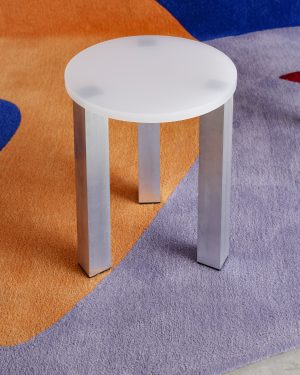 In stock
In stock
 In stock
In stock




 In stock
In stock
 In stock
In stock


























 Sold
Sold


 Sold
Sold


 In stock
In stock


 In stock
In stock